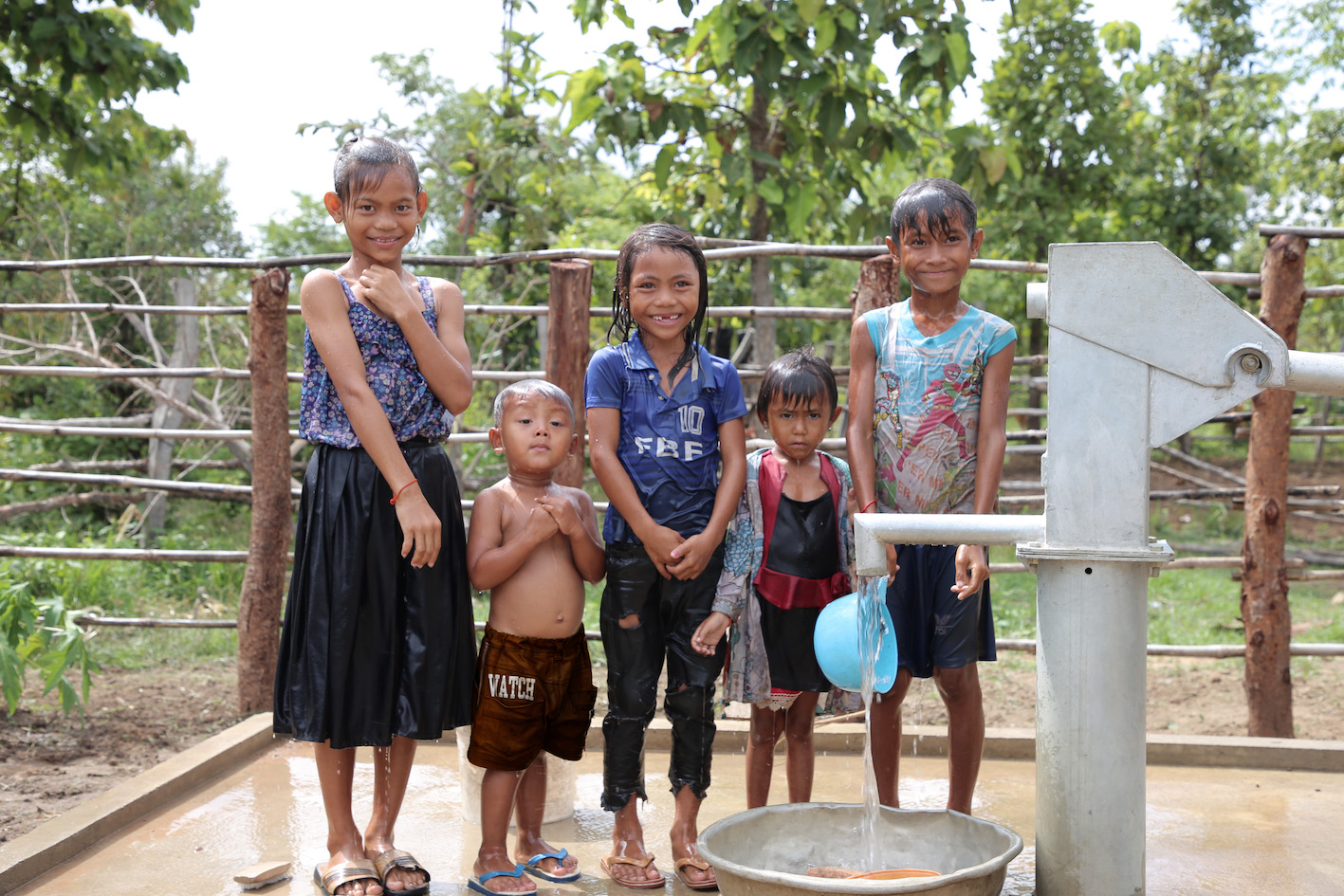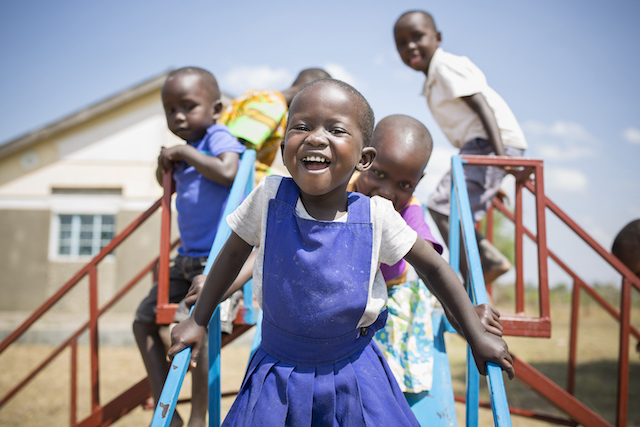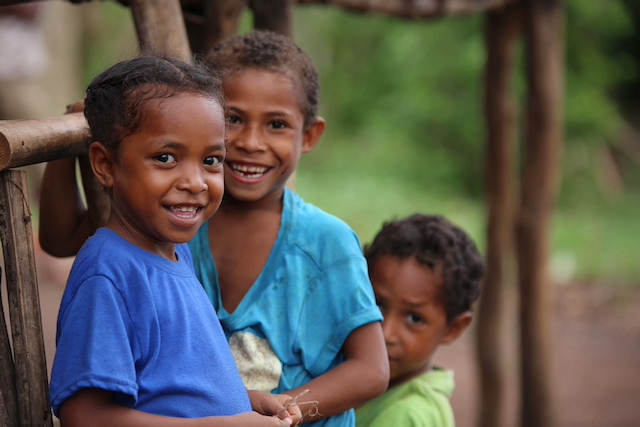- About Us
- Swipe Safe
- Our Impact
- Ways to Support
- Buy Gifts For Good
- My account
It’s devastating that so many children around the world live in extreme poverty.
The odds are stacked against them – no matter how intelligent and determined they are.
But what if you could help shift the forces that keep children in poverty, and make a difference for 1,000 children or even more in just one year?
You can, by making a monthly donation to ChildFund Australia.
It’s a simple and convenient way to give and can transform many children’s lives and futures.
It’s hard for a child to reach their potential if they’re facing hunger and sickness, a lack of education, or serious risk of harm.
Your monthly donations will help give children in some of the poorest of situations these essentials – and a better start in life:
You can help babies and their mothers survive childbirth, and provide food for growing bodies and brains. You can help give children safe, running water. And you can protect them from deadly diseases through vaccinations.

With your help, many more children will go to school, and be supported to stay there. That includes girls, children with disabilities, and children from ethnic minorities. You’ll train teachers, provide learning resources and improve school facilities.

You can help protect vulnerable children from abuse in their homes, schools, communities, and online. You’ll change the attitudes and systems that harm children – especially girls. When disasters strike, you will provide emergency relief and help children and their families recover.

In Australia, donations to registered charities like ours are tax deductible — it’s one way the government encourages individuals and organisations to support important causes.
When you donate to ChildFund Australia, your gift helps deliver essential programs that protect, educate, and empower children and families in need. And when tax time comes around, you can claim your donation as a deduction, which may reduce the amount of income tax you pay. It’s a win-win: you make a meaningful impact in the lives of others, and you receive a financial benefit in return.
So, not only does your generosity help create a brighter future — it also makes financial sense.
In Australia, there is no upper limit on the amount you can claim as a tax deduction for charitable donations — as long as certain conditions are met.
Your donation must be made to a Deductible Gift Recipient (DGR) — a registered charity or organisation approved by the ATO like ChildFund Australia.
– You can claim donations of $2 or more.
– The donation must be a true gift, meaning you don’t receive a material benefit in return (e.g. a raffle ticket or dinner).
– You’ll need a receipt from the charity that includes their ABN and confirms it’s a DGR.
– Donations are claimed in your individual tax return in the year they were made.
While there’s no set cap, the donation deduction cannot create or increase a tax loss. If your deduction is larger than your taxable income, the excess can be carried forward to future tax years.
To claim a tax deduction for a donation, the Australian Taxation Office (ATO) requires you to have a receipt as proof of your gift. This helps confirm that the donation was made to a registered charity like ChildFund Australia and that it meets all the criteria for a tax deduction. However, there are some exceptions. For example:
Even so, we always recommend keeping your official receipt to make tax time easy and stress-free. If you ever misplace a receipt, don’t worry — just get in touch with us. We’re happy to help you retrieve a copy so you can claim your deduction with confidence.
Yes, charity donations are tax deductible if certain conditions are met. If you’re filing your tax return for the first time, have never claimed donations or donated at all, you’re probably wanting to know more about how you can claim donations to charity on your taxes. We’ve answered some of the most important questions about tax deductible donations below.
Tax deductible donations are about giving back, to get back. Donating to ChildFund Australia will help children in urgent need of support. You’ll be helping the most vulnerable children across South East Asia and Africa, and you yourself will be able to receive a greater refund on your tax return.